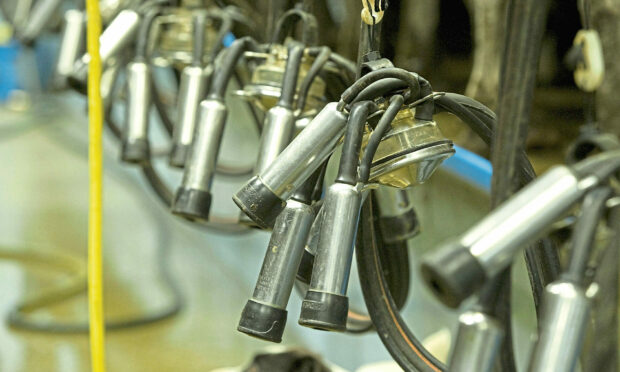As dairy farmers battle against soaring input costs, it’s likely that record-breaking farmgate milk prices could take a significant change in the wrong direction as we move through the new year.
With the cost of production at 45 pence per litre, industry bodies have warned that increased levels of supply in the northern hemisphere and a weakening consumer demand could result in a further drop in the spring unless there is a shift in the market.
Most major buyers have moved their milk price downwards – the first reductions producers will have witnessed in almost two years.
Dairy giant Freshways announced it would be cutting its price by 3 pence per litre to 47p/litre for the first quarter, while Muller shifted its price for direct suppliers by 1ppl to 47p/per litre for February.
A 1p/litre reduction has also been announced on the Tesco aligned contract for next month.
Unprecedented rise in farm input costs
John Allen, of UK dairy industry specialist Kite Consulting, said that milk futures were sitting at 32p/litre this week and although this price is highly unlikely, there were also rumours that there could be a significant price drop of up to 10-12p/litre by June.
“I have never seen traders so out of touch with reality,” said Mr Allen. “The harsh reality is, dairy farmers will not survive on these prices. Although demand has dropped, it is only down by 0.5% around the world so it’s quite shocking that we could see such a dramatic change in prices.
“Unfortunately, it just shows how fragile markets are and how quickly they can turn around in both directions”
The Agriculture and Horticulture Development Board (AHDB) said that increases in milk prices during 2022 were pushed through faster than normal due to the unprecedented rise in farm input costs and the threat of milk shortages.
It added that the high prices and the cost-of-living crisis resulted in demand for milk and dairy products dropping through the latter part of 2022.
During this period, milk production throughout the northern hemisphere increased, mainly down to improved farm margins on the back of increased milk prices, as well as high yields in the UK and EU due to favourable weather conditions in the back end.
